Calculation of heating radiators: the need for thermal
The topic of this article is the calculation of heating radiators in an apartment or a private house. We have to find out how the need of the room is calculated in the heat and what thermal capacity of the section of heating devices should be oriented.
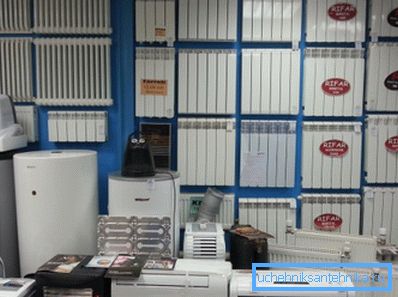
Heat demand
For obvious reasons, the calculation of the number of radiators begins with an estimate of the need for heat. The builders usually use quite complex schemes that take into account the thermal resistance of the walls, the temperature of the coldest five days and a lot of other factors. However, we will not go into the wilds of complex formulas and get acquainted with a couple of the easiest to use methods.
Area estimate
A simple calculation of the area will give a reliable result if we are talking about an apartment in an apartment building of Soviet construction somewhere in central Russia. For a private house, it is not suitable already because of the significant variation in the height of the ceilings: a change in this parameter affects the amount of air to be heated by the heating system and the area of the walls through which the house loses thermal energy.
The calculation of the thermal power of radiators is done by simply dividing the area of the heated space by 10: one kilowatt of heat allows heating of an area of 10 square meters.
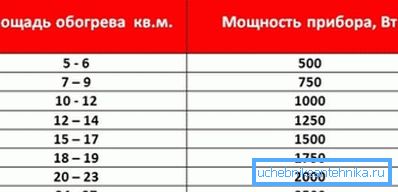
Let us, as an example, estimate the need for heat in a two-room apartment of 59 square meters.
Heated rooms - 20-meter hall, 18-meter bedroom and 8-meter kitchen.
- The total heat output of the heaters should obviously be 59/10 = 5.9 kW.
- This power should be divided between rooms in a ratio of 20: 18: 8. Why not use a simple calculation of heating radiators on the area of each room? Yes, because the batteries have to heat not only these rooms, but also the bathroom, and the hallway, devoid of heating devices. Solving a simple equation will give us radiator power values of 2.5 KW, 2.4 KW and 1 KW, respectively.
Nuance: since the kitchen has enough of its own heat sources (at least - the stove and the heat exchanger of the refrigerator), for it the heat output of heating is usually taken slightly less than for rooms - 0.6-0.8 KW / 10 m2.
Estimated by volume
A little more complicated is the calculation of the power of radiators by the volume of the room.
In addition to the air volume itself, this calculation scheme takes into account a number of additional parameters:
- The presence of doors and windows. As a rule, more heat is lost through them than through a blank wall.
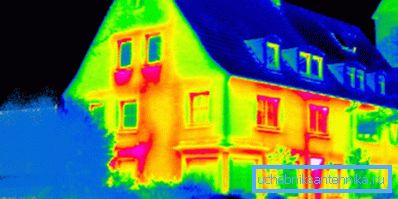
- Type of premises (apartment in an apartment building or a private house). In the second case, the heated room has a large area of common enclosing structures with the street, which increases heat loss through them.
- In the case of an apartment - its location in the house. The corner apartment again has at least two common walls with the street.
- Finally, the calculation formula takes into account the climatic features of the country's regions. Obviously, in Yakutsk, the need for heat will be greater than in Sochi.
So how can you calculate the heating power by cubic capacity?
- For the base value are taken 40 watts per cubic meter of volume of heated space.
- For corner apartments in an apartment building, coefficients of 1.2 - 1.3 are used (depending on the area of the walls that are common with the street). For a private house, the coefficient is taken equal to 1.5: as we remember, it will lose heat through all the walls, floor and roof.

- To the result of multiplication, 100 watts are added to each window and 200 to each door leading to the street.
- The resulting value is multiplied by the regional coefficient:
| Region | Coefficient value |
| Krasnodar region, Crimea | 0.7 - 0.9 |
| Moscow and Leningrad regions | 1.2 - 1.3 |
| Siberia, the Far East | 1.5 |
| Yakutia, Chukotka | 2.0 |
Let's calculate the heat transfer from radiators — a radiator, a convector, a register, or any other type of heater — for the following conditions:
- The heated room is a private house in Verkhoyansk (the average January temperature is -45.4 ° C, the minimum is -67.6 ° C) measuring 12x6 meters with ceilings 3.2 meters high.
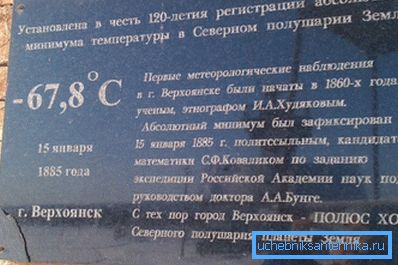
- The house has two doors and four windows.
Let's get started
- The heated volume will be equal to 12 * 6 * 3.2 = 230 m3 (with rounding).
- The base value of heat output is 40 * 230 = 9200 watts.
- Since this is a private house, the heat leakage through the building envelope will force us to multiply the result by 1.5. 9200 * 1.5 = 13800 watts.
- The windows and doors will aggravate the situation: 13800+ (4 * 100) + (2 * 200) = 14600.
- Finally, the climate zone will also make its own adjustments: 14600 * 2 = 29200 watts.
Curiously: a typical online calculator for calculating radiators does not allow you to specify a minimum street temperature below -30 - -35C. Accordingly, he assesses the need for our building in thermal power approximately in half of the result obtained by us.
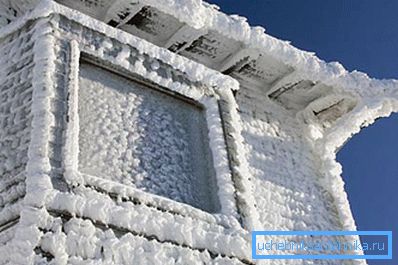
Radiators
Kinds
First, let's get acquainted with the types of radiators used in heating systems and their key features.
- Aluminum batteries - the most popular solution for independent heating systems. Their main advantage is a rather modest price (from 250 rubles per section); the disadvantages can be quite conditionally attributed to the low heat capacity and moderate resistance to internal pressure (up to 10-16 atmospheres).

Nuance: aluminum forms a galvanic couple with copper. Aluminum radiators can not be used in the same circuit with copper pipes: the weak current arising between metals contributes to their accelerated corrosion.
- Cast iron differs little from aluminum by resistance to hydraulic pressure (the same 10-16 atmospheres); but it has much greater heat capacity. Thermal inertia of the heating system is very useful for its operation from a solid fuel boiler with periodic kindling.
- The defining property of steel batteries is the highest strength. It allows these heaters to be used in all central heating systems: temperature and pressure surges are absolutely safe for an all-welded construction.
The disadvantages of a steel radiator include the moderate thermal conductivity of the material, which makes its finning almost meaningless: the ends of the fins will always be much colder than the coolant.
- Bimetallic radiators completely solve this problem.. The steel core of the section provides its tensile strength, and the aluminum shell provides a large area of finning with high thermal conductivity. This type of battery is a recent hit with apartment owners with central heating.
Nuance: when installing a central heating system with your own hands complete with bimetallic radiators, it is better to choose steel pipes rather than metal-polymer or plastic. What is the reason for the instruction - it is easy to understand: what is the point of assembling batteries capable of withstanding a pressure surge up to 50 kgf / cm2, if the supply line breaks already at 15?
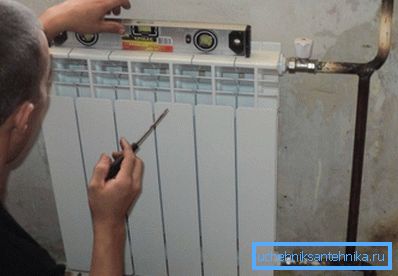
Typical values of heat transfer
After the calculation of the heating radiator capacity for a specific room is made, we have to calculate the number of sections in it. Obviously, for this you need to know the main parameter - the heat transfer of one section.
Exact values can always be found in the accompanying documentation for the heater or on the manufacturer's website.
Typical - for most products on the market are as follows:
- A standard-size cast-iron section (with a 500 mm center distance on nipples) is able to release about 160 watts of heat.
- Calculation of bimetallic radiators of heating can be performed, starting from the heat transfer of the 180-watt section.
- The calculation of aluminum heating radiators is usually performed on the basis of a value of 200 watts per section.

Thus, for our house in Verkhoyansk we need 29,200/200 = 146 aluminum sections.
As always, there are a number of nuances.
- Manufacturers indicate the values of heat flow at a temperature of the coolant equal to 90C. Actual values are usually lower.
- With one-sided connection of a long sectional heater, the last sections will always be colder than the first. The radiator in 10 or more sections is better to connect from two sides; thus, we will provide the coolant duct along the entire length of the collectors. In addition, in this case, the battery will not need to be washed.
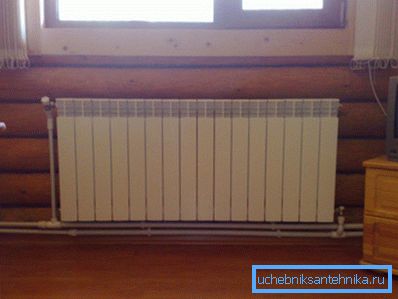
- The calculation of steel radiators is problematic simply because they have no sections, and the dimensions vary from model to model. For information about the thermal power of the device will have to go to the manufacturer's website.
Conclusion
We hope that the proposed calculation methods will help the reader in designing the heating system for their own homes.
The attached video, as always, contains additional information. Successes!